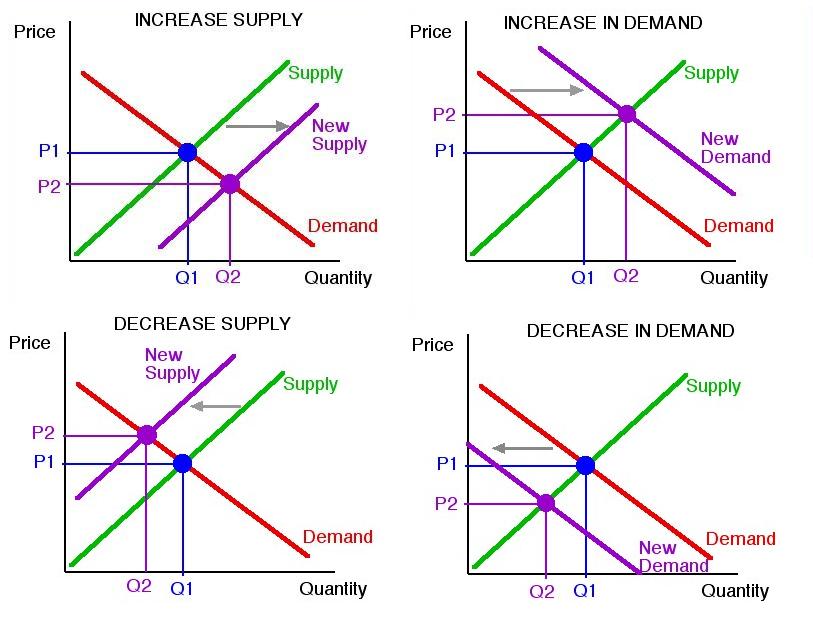Part IV of VII
Readers may wonder how researchers determined the Census obtained such low coverage rates. The answer is that the
official Census "hit rate" is 99.6%, which it obtains by engaging a veritable army of census-takers -- it's one of the few things that remains very manual, as well it should given the importance of counting as near to everyone as is possible -- who survey U.S. housing units[SUP]4[/SUP], thus overlooking very few units. Missing as many immigrants as FZ's estimates imply, the Census Bureau would have had to either misidentified as empty millions of housing units or missed millions of people "doubled up" within surveyed households. Insofar as census takers at least once visited every unit conceivably vacant unit/building, and immigrant households were observed to be more densely occupied than those of natives, it highly implausible that the Bureau could have missed 4.7M to 16.5M people in 2010.
Having shown why the RM's estimate is unlikely to be as errant as FZ's findings imply, and having shown FZ's post-2000 illegal immigrant population increase rates match those found by the RM, thus isolating FZ's error to pre-1990s behavioral assumption errors, FZ's variance's etiology needs identifying.
Simply put, FZ's error is found in the way they handled circular/repeat migration in the 1990s. Circular migration is entering the U.S., leaving and returning. FZ's methodology counts arrivals, but not departures. Thus were, say, I to enter and leave nine times, I'd count as nine entered illegal immigrants. FZ's estimating approach depends heavily on accurate counts of all entries and exits of unauthorized immigrants; if the estimated number of entries is correct but the corresponding estimate of exits is too low, population growth will be overestimated. (Repeat migration, though technically a different process from circular migration, as go FZ's tallying, it's not because it multiply counts one person who illegally enters the U.S. multiple times and disregards their departure.)
The '90s was a time when circular unauthorized migration and multiple crossings by the same individual within a year or two were common, which, during the 1990s and early 2000s, was common among the
vast majority of border crossers, Mexicans. In 2000, ~2% of Border Patrol apprehensions (40K out of ~1.67M) were migrants from countries other than Mexico. Many unauthorized Mexican migrants came to the U.S. for periods of months or years to work, and then emigrated. Illegal borders crossers faced few consequences if they were caught, so though most were returned quickly to Mexico, they adopted the "Little Engine That Could" mindset regarding having been caught and repatriated.
Bi-national surveys of migrants in Mexico and the U.S. reported very high rates of circular migration during the '90s,[SUP]5[/SUP] which predates southern border management abetted by large Border Patrol manpower increases, fences and high-tech tracking tools. Starting with
Operation Hold the Line in El Paso in 1993, the Border Patrol strengthened enforcement in more urbanized areas along the U.S.-Mexico border by deploying more officers, physical barriers, and technology to monitor border crossings. By the end of the 1990s it was substantially more difficult to cross than it had been earlier in the decade [See endnote 5, items 2 and 3]. After 2000,
the Border Patrol began imposing "consequences" on apprehended migrants, for example:
- Prohibiting their future legal admission (of any sort),
- Prosecuting and federally sentencing them, and/or
- Repatriating them at remote, often dangerous entry points along the border.
By 2005, increased enforcement had led to a quadrupling of fees paid to smugglers since 1993, while substantially increasing the amount of time that unauthorized immigrants spent in the United States. Experts concluded that the new enforcement policies had broken the prior pattern of circular migration [See endnote 5, items 2 and 3]. Given circular/repeat migration's prevalence in the '90s and comparatively near non-existence after, models dependent on accurately distinguishing a migrant's comings and goings will inaptly estimate growth if the same such model be applied to the pre-2000s.
(continued due to character limit)


